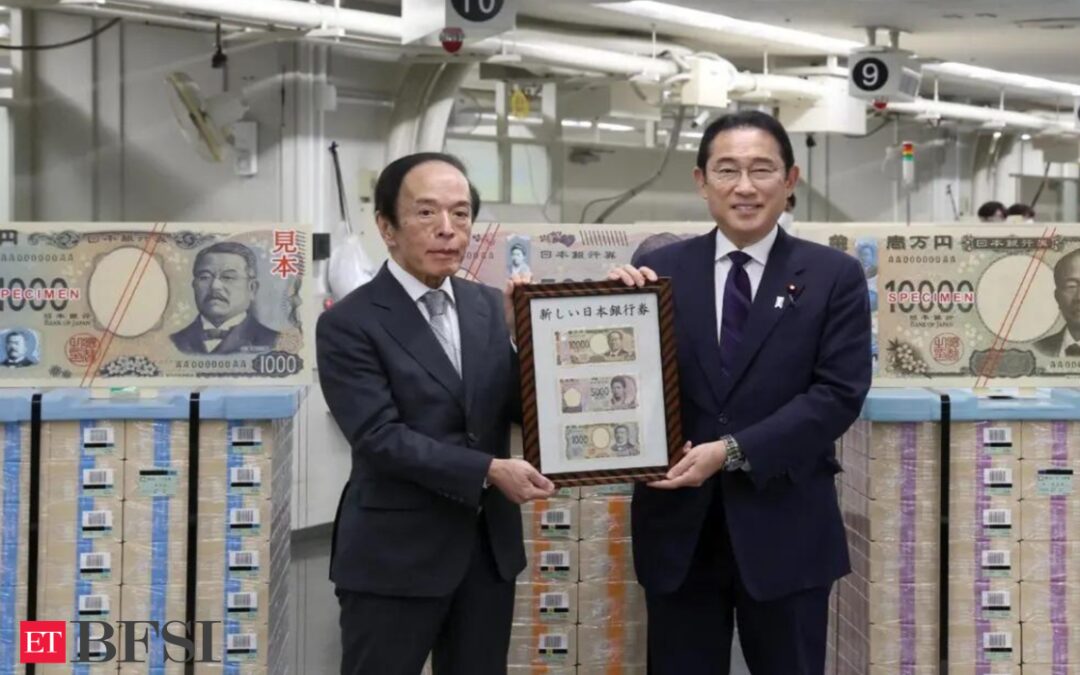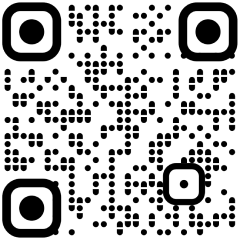Japan on Wednesday introduced its first new banknotes in two decades, featuring three-dimensional portraits of pioneers in finance, women’s education, and medical science. The National Printing Bureau of Japan has employed a unique technology for paper money, using printed patterns to create holograms of the portraits that face different directions depending on the viewing angle.
Prime Minister Fumio Kishida highlighted the significance of the individuals represented on the new bills, saying, “Faces of those representing Japan’s capitalism, women’s empowerment and technology innovation are on the new bills.”
He also noted that this change coincides with the country’s economy entering a growth-driven phase for the first time in three decades.
With the government trying to reduce cash usage in its efforts to digitize the economy, various establishments such as train stations, parking lots, and ramen shops are rushing to upgrade their payment machines to accommodate the new banknotes.
The 10,000-yen note features Eiichi Shibusawa (1840-1931), known as “the father of Japanese capitalism,” while the 5,000-yen bill portrays Umeko Tsuda (1864-1929), a pioneer in women’s education. The 1,000-yen bill showcases Shibasaburo Kitasato (1853-1931), a groundbreaking medical scientist.
Currency authorities plan to print approximately 7.5 billion newly-designed bills by the end of the current fiscal year, adding to the existing 18.5 billion banknotes worth 125 trillion yen in circulation as of December 2023.
The introduction of new banknotes has prompted businesses to upgrade their payment machines to cater to cash-loving customers. The transition to the new banknotes has posed challenges for some small business owners who are already grappling with inflation.
Although cashless payments in Japan have nearly tripled over the past decade, accounting for 39% of consumer spending in 2023, they still lag behind global peers. The government aims to increase this figure to 80% to enhance productivity. While most bank ATMs, train ticket machines, and retail cash registers are ready for the new bills, only half of the restaurant and parking ticket machines have been upgraded, according to the Japan Vending Machine Manufacturers Association. Additionally, nearly 80% of the country’s 2.2 million drink vending machines require upgrades.










